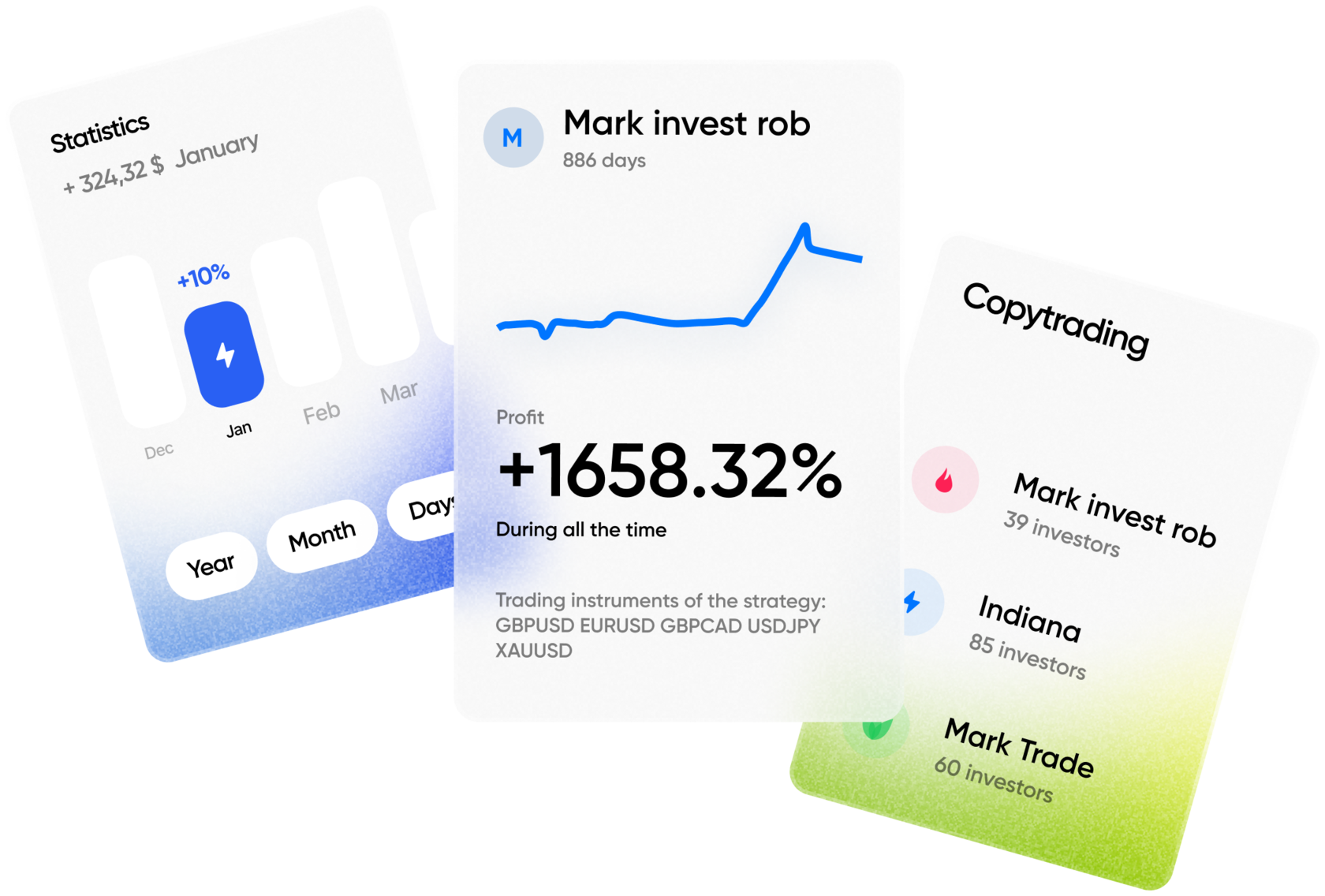On Friday, investors initially stepped away from riskier assets following the release of economic data that indicated a decline in consumer spending for January. This report heightened concerns about a potential slowdown in U.S. economic growth, Reuters reported. However, as the trading session progressed, markets reversed course, supported by a tech sector rebound following a sharp selloff earlier in the week.
Economic Data Fuels Uncertainty
According to a U.S. Commerce Department report, the Personal Consumption Expenditures (PCE) Price Index, the Federal Reserve’s preferred inflation gauge, rose by 2.6% in January, aligning with expectations and December’s figures. However, a key concern for the market was the 0.2% drop in consumer spending, a worrying sign given that consumer activity accounts for over two-thirds of the country’s economic output.
A series of recent weaker-than-expected economic indicators has added to investor unease. Analysts are increasingly questioning whether the Federal Reserve’s restrictive monetary policy is beginning to weigh more heavily on consumer confidence and broader economic activity. If spending continues to decline in the coming months, GDP growth projections for 2025 may need to be revised downward.
Tech Sector Struggles and Market Performance
The technology sector, which had been driving much of the stock market’s recent rally, saw a mixed performance throughout February. Concerns over high capital expenditures by major firms, including Nvidia and Microsoft, have raised doubts about the sustainability of their aggressive AI infrastructure investments. Investors fear that these spending surges could lead to margin compression and lower profitability in the near term.
These worries contributed to a negative month for U.S. equities. The S&P 500 ended February down nearly 1.5%, while the Nasdaq suffered a more significant drop of around 4%. Market strategists note that investors are still digesting the long-term implications of AI spending, which, while crucial for future innovation, may take time to generate meaningful returns on investment.
Investor Sentiment Remains Divided
Despite February’s losses, some market participants view the current pullback as a healthy correction rather than the start of a prolonged downturn. With earnings season approaching, investors are looking for clearer guidance from major corporations, particularly in the technology sector, regarding their spending plans and revenue expectations.
At the same time, bond yields have remained elevated, reflecting market concerns that inflationary pressures may persist longer than anticipated. If consumer demand continues to weaken while inflation remains sticky, the Federal Reserve could find itself in a difficult position, balancing economic growth risks with the need to control rising prices.
Outlook for March: A Pivotal Month for Markets
March could prove to be a critical month for U.S. equities. Investors will be closely watching upcoming labor market data, inflation reports, and Federal Reserve comments for hints on whether interest rate cuts could still be on the table in 2025.
The ongoing volatility in the technology sector will also remain in focus, as companies like Tesla, Apple, and Amazon face increasing scrutiny over their future growth prospects. Analysts caution that further downward pressure on tech stocks could drag the broader market lower if investors continue to de-risk their portfolios.
For now, cautious optimism prevails, but market participants remain on high alert for any signs of economic weakness that could derail recovery expectations.







